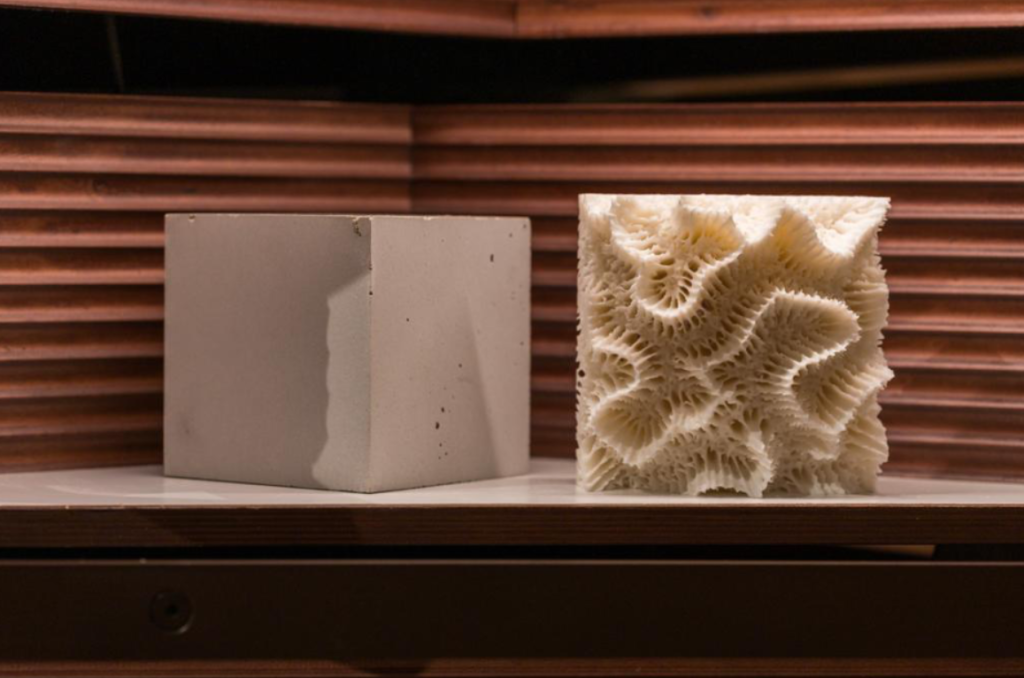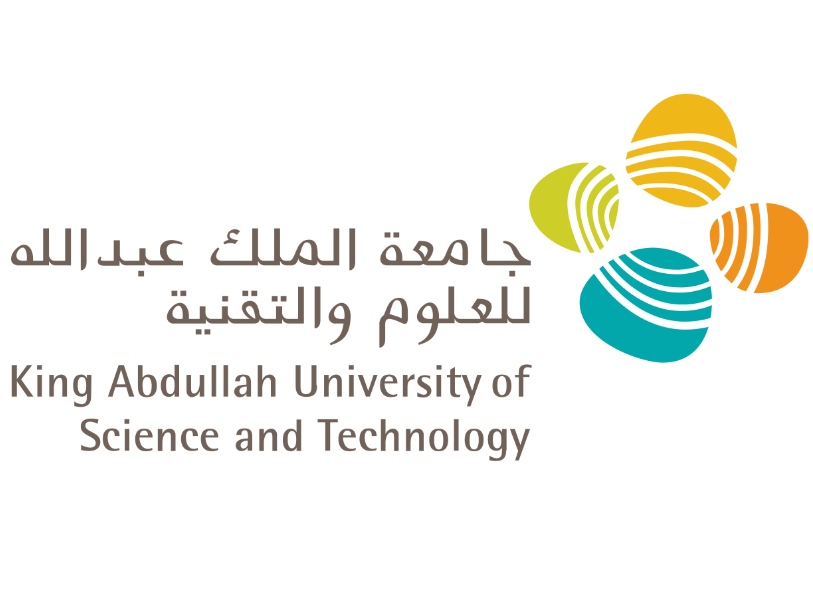King Abdullah University of Science and Technology (KAUST) researchers have showcased 3D printed coral and carbon-negative concrete for coral conservation.
At the 18th International Architecture Biennale in Venice, the 3D printed structure display, featured in the National Pavilion of Saudi Arabia, provides insights into the latest advancements in material and marine conservation science. Concurrently, KAUST researchers are collaborating with the Bahamian start-up PARTANNA, delving into new carbon-negative concrete alternatives that align with Saudi Arabia’s Vision 2030 initiative for construction projects.
Professor Carlos Duarte, Executive Director, Global Coral Reef R&D Accelerator Platform, “Corals face alarming degradation due to human impacts and climate change. However, we are developing solutions to help protect coral reefs from the changing climate, including carbon-negative concrete alternatives that are less damaging to the environment.”

Sustainable practices for marine ecosystem conservation
The exhibition highlights PARTANNA’s carbon-negative material technology, which complements other solutions from KAUST. Among these is KAUST’s Maritechture, a set of tools supported by Coral Ecologist Dr. Sebastian Schmidt-Roach, who played a part in developing the exhibition. Maritechture facilitates the transfer of selectively bred corals from the lab to the reef, contributing to the restoration and conservation of coral reefs.
According to the researchers, global temperatures rise due to carbon emissions, notably from the concrete industry, responsible for 8% of emissions, causing coral reef degradation. PARTANNA’s material, inspired by coral skeleton science, aims to reduce emissions and environmental impact in construction on land and underwater.
Within the “The Laboratory of the Future” exhibition, which delves into the dynamic relationship between physical and abstract elements in architecture, Earth (IRTH إرث) stands as a central focus. Serving as a platform for the exploration and experimentation of organic materials, it aims to establish sustainable practices and legacies. In collaboration with Mr. Domingo Lattanzi from KAUST’s Ali I. Al-Naimi Petroleum Engineering Research Center (ANPERC), a segment of the coral skeleton was enlarged and 3D printed, vividly showcasing the complex structural complexity of fine-scale skeletal architecture.
The exhibition emphasizes the urgent need to protect fragile marine ecosystems in the face of climate change. Integrating sustainable construction practices with marine ecosystem conservation supports environmental sustainability and a “holistic approach” to safeguarding natural habitats. Additionally, the exhibition runs until November 26, 2023, in Venice.

3D printed coral reefs: a promising way to restore the ocean
Researchers from Bar-Ilan University, Technion, the University of Haifa, and Tel Aviv University collaborated to preserve coral reefs using 3D printing technologies. They combined 3D scanning, environmental DNA sampling, and 3D printing algorithms, successfully producing a novel 3D printed ceramic reef capable of sustaining life and encouraging the regrowth of entire reef ecosystems.
A collaboration between architects and scientists at Hong Kong University (HKU) led to the restoration of a coral reef in the nearby Hoi Ha Wan Marine Park. The team designed and 3D printed 128 hexagonal clay tiles with complex custom-made structures to encourage coral attachment. These tiles were deployed in three locations around the bay. The artificial reef created by HKU was monitored for 18 months to ensure its survival. The team expected that this method would prove effective in preventing the deterioration of coral reefs across the region.
What does the future of 3D printing for the next ten years hold?
What engineering challenges will need to be tackled in the additive manufacturing sector in the coming decade?
To stay up to date with the latest 3D printing news, don’t forget to subscribe to the 3D Printing Industry newsletter or follow us on Twitter, or like our page on Facebook.
While you’re here, why not subscribe to our Youtube channel? Featuring discussion, debriefs, video shorts, and webinar replays.
Are you looking for a job in the additive manufacturing industry? Visit 3D Printing Jobs for a selection of roles in the industry.
Featured image shows 3D printed corals. Image via KAUST.



